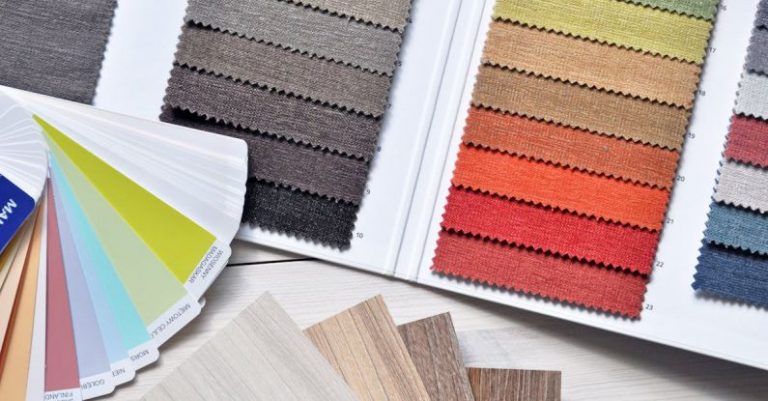What Metals Are Most Suitable for Artistic Jewelry Making?

Creating jewelry is an art form that has been practiced for centuries, with artisans using various materials to craft intricate and beautiful pieces. When it comes to jewelry making, the choice of metal plays a crucial role in determining the final look and feel of the piece. Different metals offer unique properties that can enhance the artistic value of jewelry. In this article, we will explore the most suitable metals for artistic jewelry making, highlighting their characteristics and benefits.
**Gold**
Gold has been a popular choice for jewelry making for centuries due to its timeless appeal and durability. This precious metal is known for its lustrous yellow color and malleability, making it easy to work with and shape into intricate designs. Gold is available in different karats, with 24 karat gold being the purest form. However, pure gold is too soft for everyday wear, so it is often alloyed with other metals such as silver, copper, or zinc to increase its strength.
One of the main advantages of using gold in jewelry making is its resistance to tarnishing and corrosion, ensuring that pieces retain their beauty over time. Gold jewelry is also hypoallergenic, making it a suitable choice for individuals with sensitive skin. Whether used in its pure form or mixed with other metals, gold adds a touch of luxury and elegance to any jewelry piece.
**Silver**
Silver is another popular metal choice for artistic jewelry making, valued for its affordability and versatility. Sterling silver, which is 92.5% pure silver mixed with 7.5% copper or other metals, is commonly used in jewelry production. Silver jewelry has a bright, white color that complements a wide range of gemstones and designs.
Silver is a highly reflective metal, adding a luminous quality to jewelry pieces. It is also relatively easy to manipulate, allowing artisans to create intricate details and textures. While silver jewelry may tarnish over time due to exposure to air and moisture, regular cleaning and maintenance can help preserve its luster.
**Platinum**
Platinum is a rare and precious metal that is prized for its durability and purity. Platinum jewelry is highly resistant to tarnishing and corrosion, making it an excellent choice for everyday wear. This metal has a distinctive white color that does not fade or change over time, giving platinum jewelry a timeless appeal.
One of the key advantages of platinum is its strength and density, making it ideal for setting precious gemstones securely. Platinum is also hypoallergenic, making it a suitable option for individuals with sensitive skin. While platinum jewelry may come with a higher price tag compared to other metals, its longevity and beauty make it a worthwhile investment for artisanal jewelry pieces.
**Titanium**
Titanium is a lightweight and durable metal that has gained popularity in jewelry making due to its modern and industrial aesthetic. Titanium jewelry is known for its strength and scratch resistance, making it ideal for creating bold and contemporary designs. This metal is available in a range of colors, including black, grey, and silver, offering artisans a versatile palette to work with.
One of the main advantages of titanium is its hypoallergenic properties, making it a suitable choice for individuals with metal sensitivities. Titanium jewelry is also corrosion-resistant, ensuring that pieces remain in pristine condition with minimal maintenance. Its unique properties and modern appeal make titanium a popular choice for artistic jewelry making.
**Conclusion:**
In conclusion, the choice of metal plays a significant role in the artistic value and longevity of jewelry pieces. Gold, silver, platinum, and titanium are all popular metals used in jewelry making, each offering unique characteristics and benefits. Whether you prefer the classic elegance of gold, the versatility of silver, the durability of platinum, or the modern appeal of titanium, selecting the right metal can elevate your jewelry designs to new heights. By understanding the properties of different metals and experimenting with various techniques, artisans can create stunning and enduring pieces of artistic jewelry that captivate and inspire.





